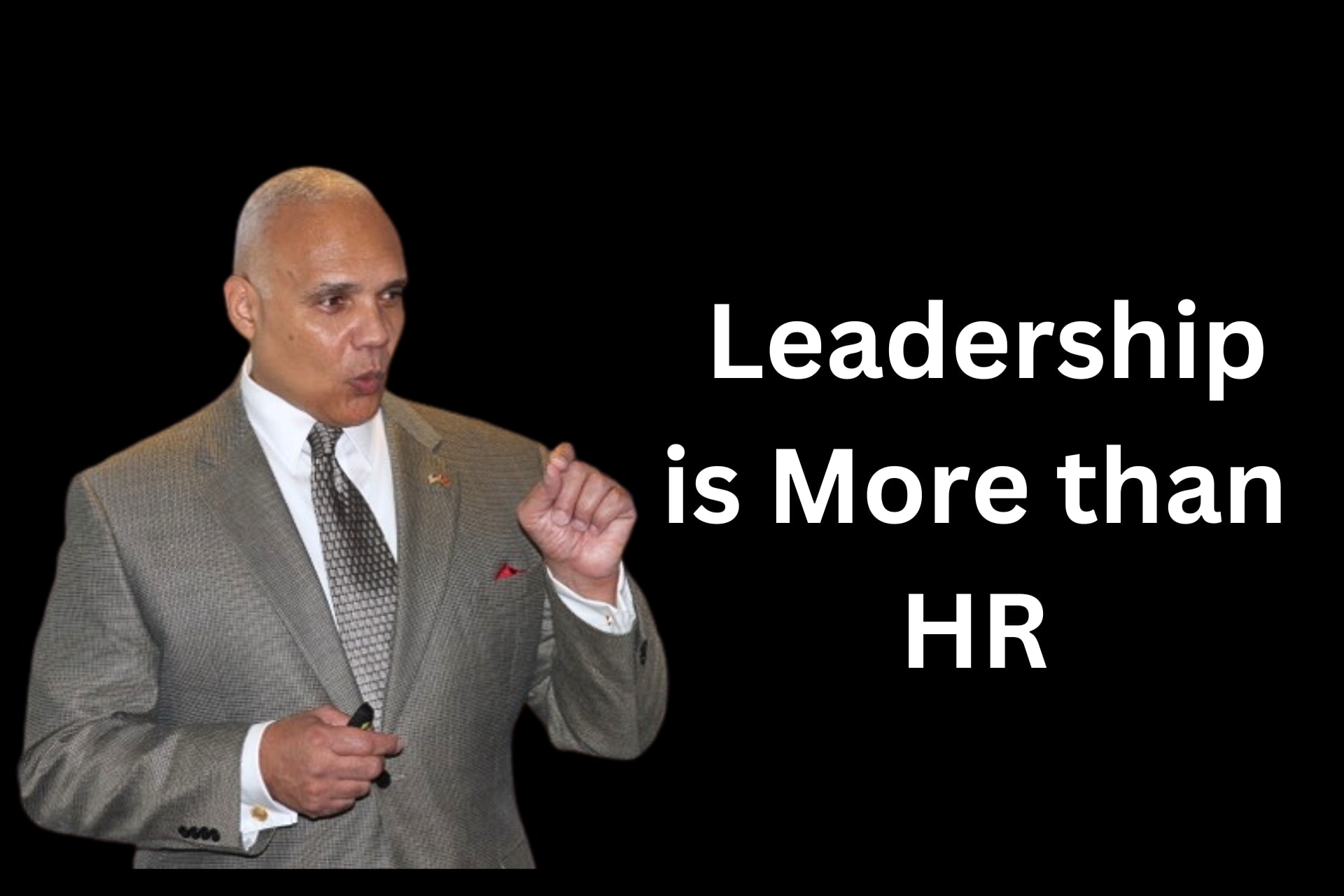Being the Leader is Cool – Guiding Principles
In Being the Leader is Cool – Modeling and Vision we’ve covered understanding leadership responsibility through being what you expect others to be having a vision and sharing it. Next up:
- Guiding Principles – Guides the day-to-day behavior
Guiding principles, also known as core values, are the expected set of behaviors for the workforce. They help an organization to stay on course. More importantly, they assist in making decisions that are in sync with the vision and reflect the values of the organization. First, live the Guiding Principles and then enforce them.
I have seen companies and organizations with only one guiding principle and others with a laundry list of over a dozen guiding principles. Keep in mind, guiding principles exist to guide the behavior of everyone in the organization.
Living up to a multitude of principles may sound good but is not realistic. In my more than 30 years of leading, I have found three to five guiding principles work very well. Below are a few examples of very useful guiding principles.
Examples of effective guiding principles
The Oklahoma Business Consortium
- Responsibility to Self and Others
- Lead with Integrity
- Inspire Trust
The Real Truck Company
- Deliver More
- Transparency Rocks
- Improve
- Take Risks
- Include Fun
- Be Humble
The United States Marine Corps
- Honor
- Courage
- Commitment
An example of two leaders who lived their guiding principles an led their organization and followers to unparalleled success:
Courage
 The picture at right is Colonel Eddie Ray, U.S. Marine Corps. He is a modern day war hero and a dear friend. If his picture seems like that of a man-mountain, that is because he is. Ray was awarded the Navy Cross for valor, the nation’s second highest military award, for his actions in Operation Desert Storm. In short, he led seven Light Armored Vehicles; this is less than a company-sized unit against an Iraqi Armored Brigade, 34 armored vehicles, and tanks. Under his leadership, his small band of Marines, with a violence of action Marines are noted for, destroyed the Iraqi brigade.
The picture at right is Colonel Eddie Ray, U.S. Marine Corps. He is a modern day war hero and a dear friend. If his picture seems like that of a man-mountain, that is because he is. Ray was awarded the Navy Cross for valor, the nation’s second highest military award, for his actions in Operation Desert Storm. In short, he led seven Light Armored Vehicles; this is less than a company-sized unit against an Iraqi Armored Brigade, 34 armored vehicles, and tanks. Under his leadership, his small band of Marines, with a violence of action Marines are noted for, destroyed the Iraqi brigade.
 The picture on the left is Mahatma Gandhi. He led a nation to freedom while advocating non-violence.
The picture on the left is Mahatma Gandhi. He led a nation to freedom while advocating non-violence.
In the face of overwhelming odds, armed with nothing but his walking stick, he faced the might of one of the greatest empires in history, Great Britain.
Honor
Colonel Ray maintained a reputation among Marines as a man of great humility. He is known for his ability to maintain perspective and act responsibly. His respect for human dignity, even in combat, is of the highest caliber.
Mahatma Gandhi was equally known for his character. His respect for human dignity led him to include the liberation of women and put an end to caste discrimination in the fight for self-rule for India.
Commitment
Unrelenting determination to achieve a high standard of excellence in all endeavors was evident in both men’s achievements. Col. Ray’s violence of action saved the lives of many Marines and significantly crippled the enemy. Some have argued that Ray’s achievement was one of the major factors that led to a short war.
Gandhi’s unwavering commitment to non-violence produced historic results. Some have argued that his success influenced the civil rights movement in the United States and South Africa.
Ray and Gandhi, are, and were, in a word, exemplars. They exhibited the behavior they expected from those they led. There is much to learn about the subject. The fundamental lesson in leadership is one must be able to model the way in order to lead the way. All who have led successfully know this.
Guiding principles are a personal guide that can sustain you when things are not going as well as you would like, and they can be a beacon for those who follow your lead.
What do you stand for? Commit to it and live by it and so will those in your organization. Take a moment to think about it. What are your guiding principles?
List ten guiding principles and define each.
Think carefully and cut that list to five.
Think again, and cut the list down to three.
Define the three.
Now, live it and so will those you lead.






